Last Updated on September 5, 2023 by Grant
When most folks think about Kentucky and national parks, they think about Mammoth Cave, the state’s only named national park. But there’s a lot more to Kentucky national parks than that. Kentucky has a rich history and you can find that reflected in the various sites, which span from before the Revolution to the mid-1960s.
Each of these sites tells a different story of the people who lived here and the lives they worked and fought for. As you explore Kentucky’s national parks, you will find stories of triumph, personal success, terrible loss and the sacrifices needed to make a life.

So, whether it’s hiking across the Cumberland Gap, learning about an old coal mine along the Big South Fork River or walking the battlefield at Mill Springs, Kentucky national parks offer a variety of stories to explore.
Cumberland Gap National Historical Park
The Cumberland Gap is a historic trail passing through a gap in the Cumberland Mountains, part of the Appalachian Mountains. As you approach the Cumberland Mountains from the east, the mountains appear to be an imposing wall preventing travel west.
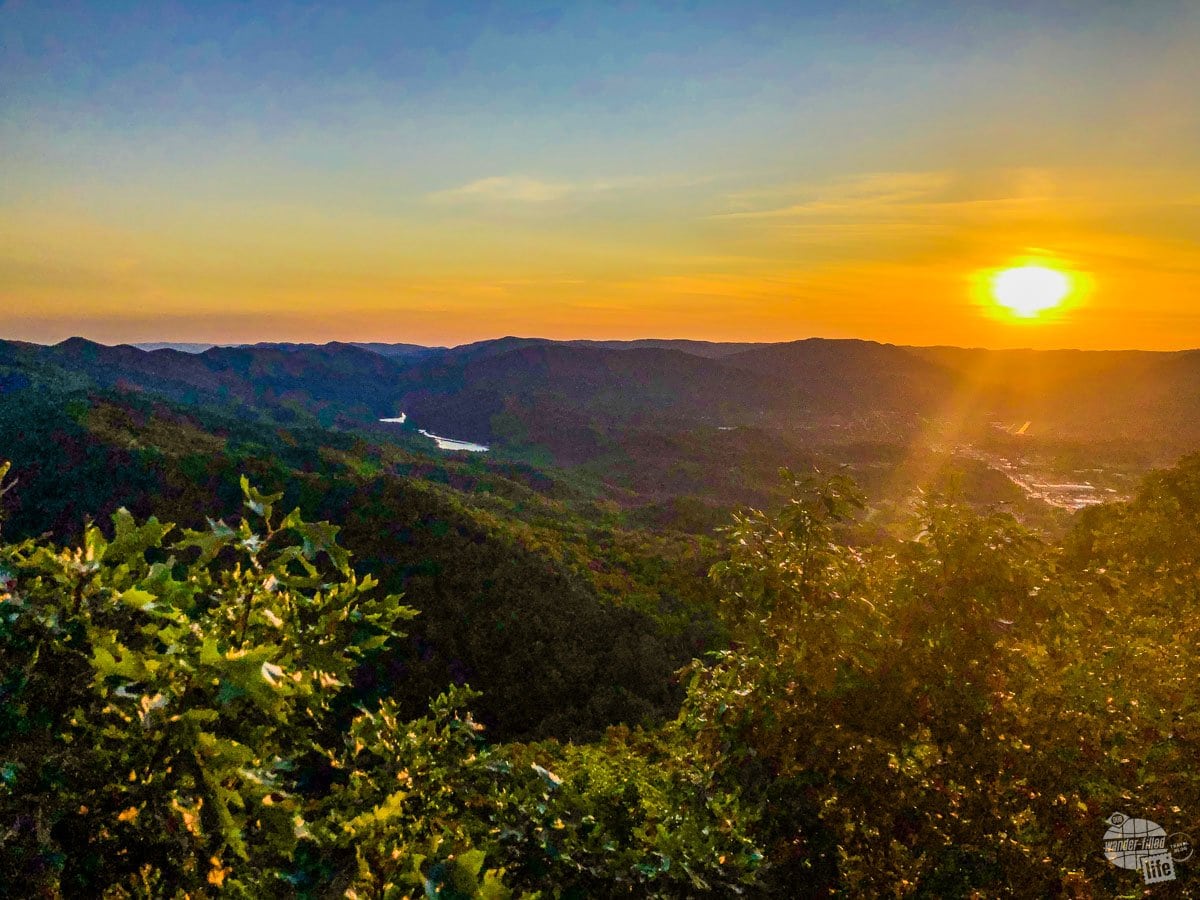
The Cumberland Gap has provided a natural passage west through the mountains for centuries. Bison used the gap to traverse the mountains in search of salt. Native Americans used the path for both trade and war. In 1775, Daniel Boone arrived in the area to lead settlers into Kentucky. Eventually, he widened the road to accommodate wagons. That led to between 200,000 and 300,000 settlers passing into Kentucky and the Ohio Valley.
Today, the National Park Service preserves the area around the gap and along the spine of the ridge. With ample hiking trails and exceptional views, this park is a great place to get out on the trail. You can also find log cabins built in the early 1900s, a limestone cave with excellent cave formations, and the remains of Civil War fortifications.
Click here to read more about our visit to Cumberland Gap National Historical Park.
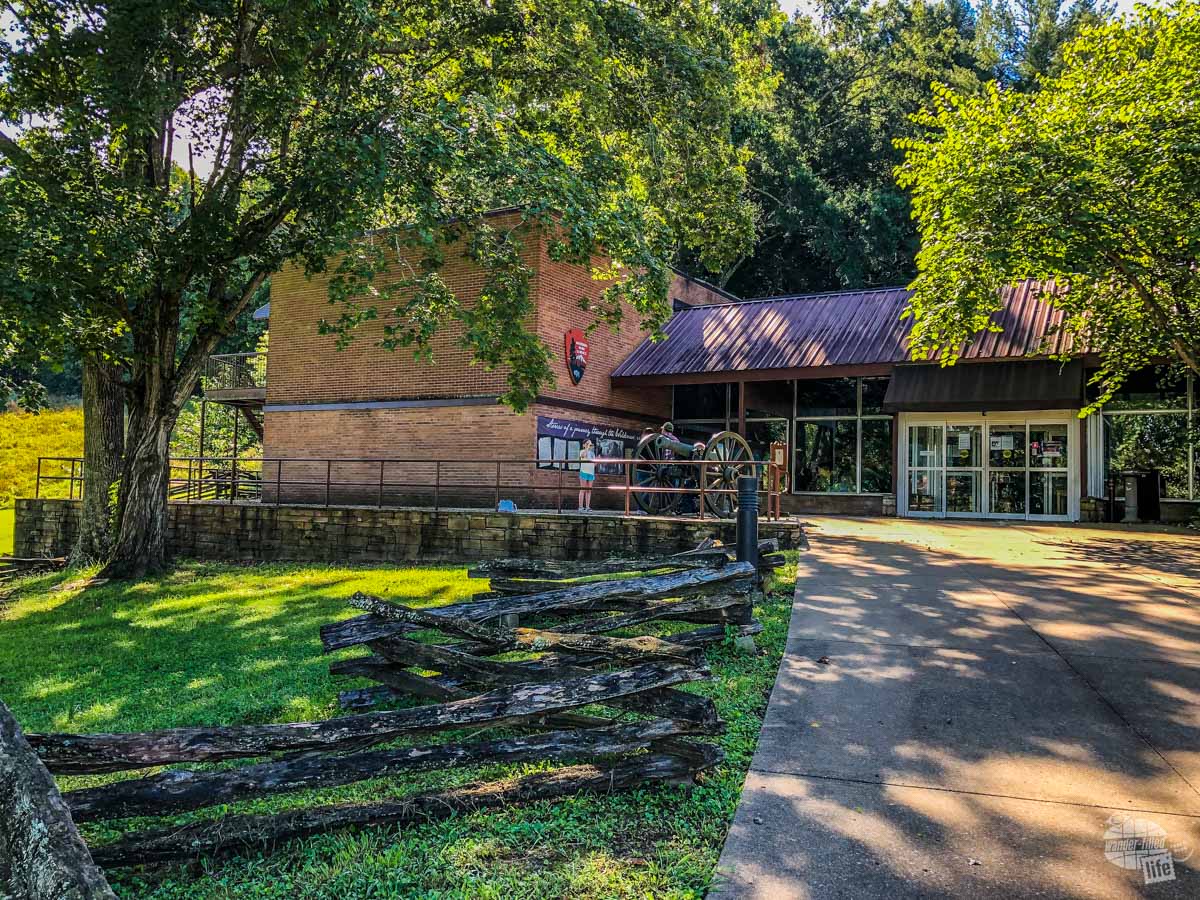
Mammoth Cave National Park
Local families began using Mammoth Cave to mine the bat guano for saltpeter (a component of gunpowder) as early as 1798. The War of 1812 put a crimp on saltpeter imports. So, the cave became even more valuable until the end of the war.
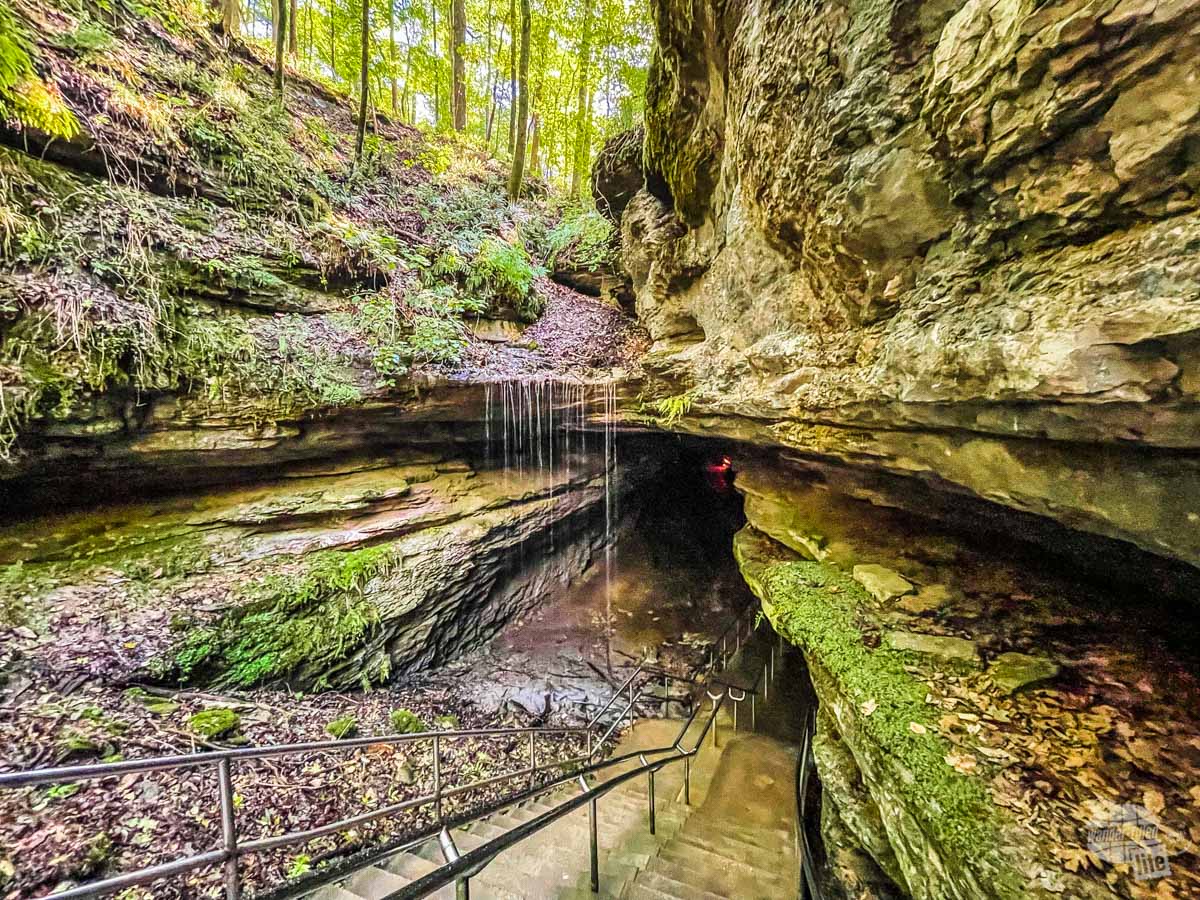
Following the war, the cave began becoming a bit of a tourist attraction, inspiring several competitors. This continued, with the cave as a private tourist attraction until 1941. That’s when the Federal government dedicated it as a national park.
Today, Mammoth Cave is best known as being the longest cave system in the world. Visitors flock to the park for various cave tours and the visitor center has excellent displays on the intricacies of the cave system. There are above-ground hiking trails to enjoy as well.
For more on visiting Mammoth Cave National Park, click here.
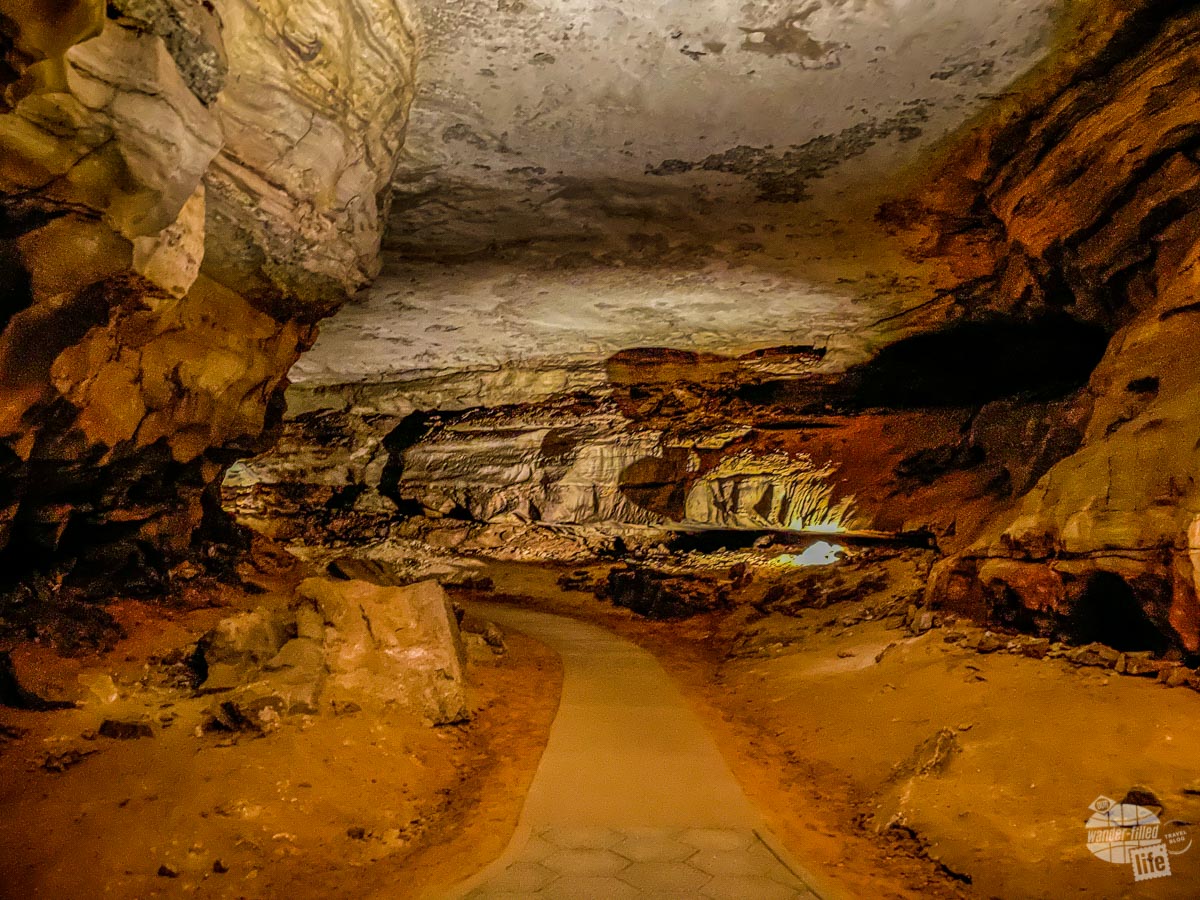
Abraham Lincoln Birthplace National Historical Park
Abraham Lincoln’s grandfather moved his family from Virginia to Kentucky in the 1780s, passing through the Cumberland Gap. By 1809, Lincoln’s father had purchased the one-room log cabin next to a spring bubbling up from a cave. It was here the 16th president was born.
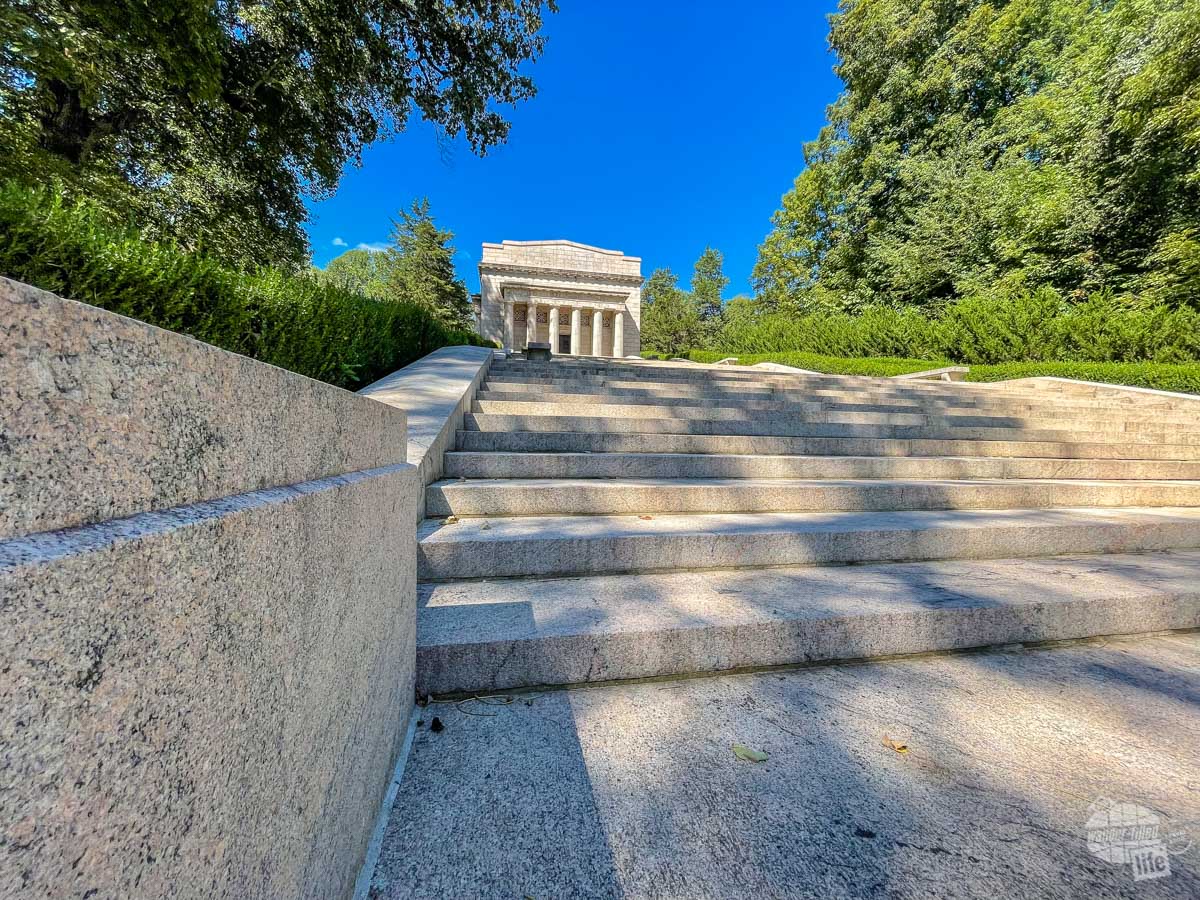
It’s here where the nation erected the first Lincoln memorial up on a hill overlooking the spring which provided water for the farm. There are 56 steps (representing Lincoln’s 56 years of life) leading up the hill to the Neo-classical memorial building. Inside, there is a symbolic log cabin, built like the one Lincoln was born in.
There is a visitor center at the site with plenty of information on the early life of Lincoln. It tells the tale of his family’s struggles with the chaotic land laws at the time. The Park Service also preserves the nearby Knob Creek Farm, where Lincoln lived from ages 2-8 before moving to Indiana. In Indiana, you’ll find yet another park, the Lincoln Boyhood National Memorial, which preserves the farm where Lincoln truly grew up and became the man that would later be President of the United States.
Read more about the Lincoln Boyhood National Memorial in Indiana Here.
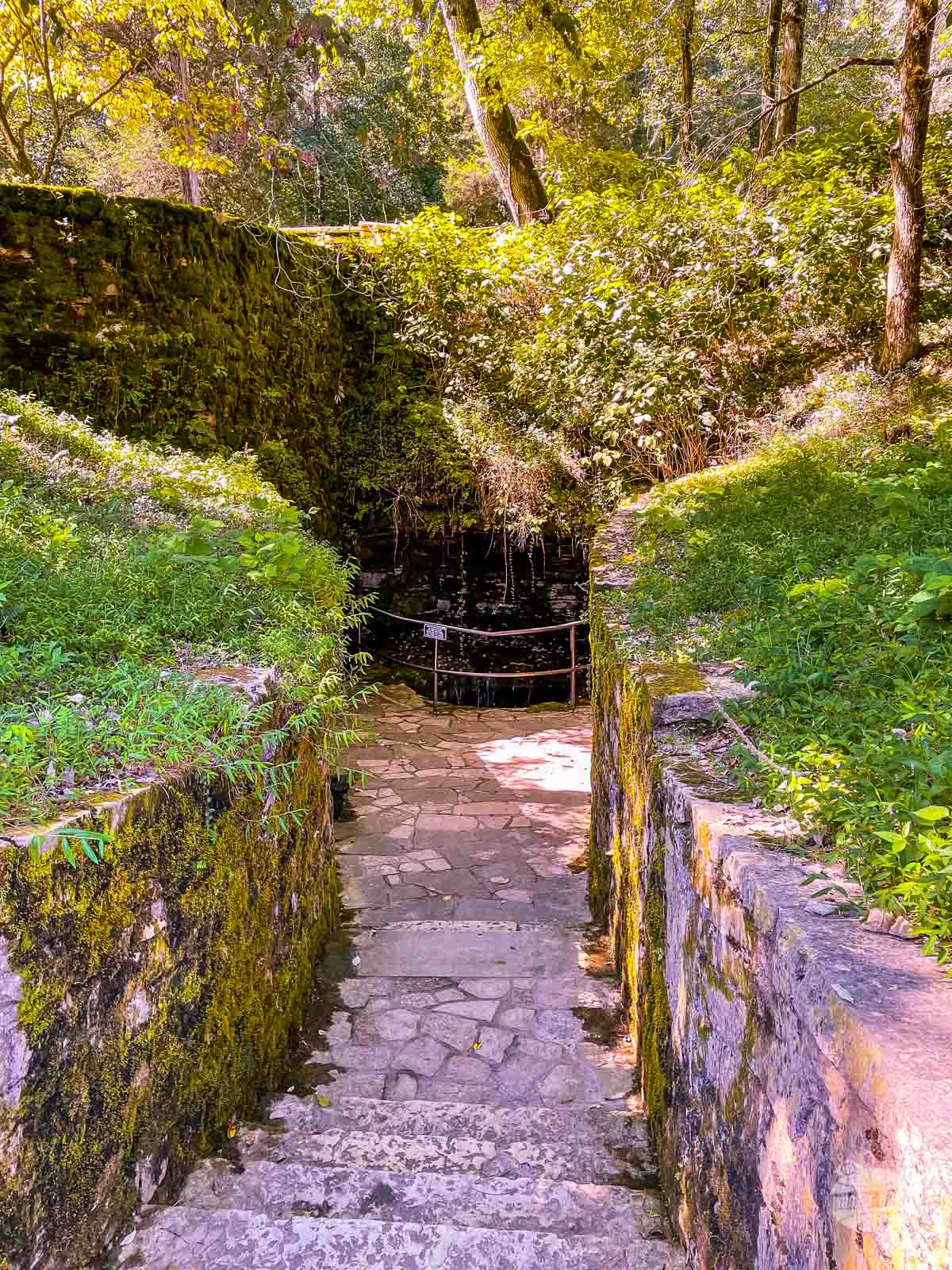
The Civil War and Kentucky National Parks
Kentucky walked a fine line during the Civil War. A slave state, Kentucky stayed in the Union and became a major source of arms and ammunition for the Union war effort in the western theater of the war.
The Park Service preserves four sites that help tell the story of the Civil War in Kentucky: Mill Springs Battlefield National Monument, Fort Donelson National Battlefield, Cumberland Gap NHP and Camp Nelson.
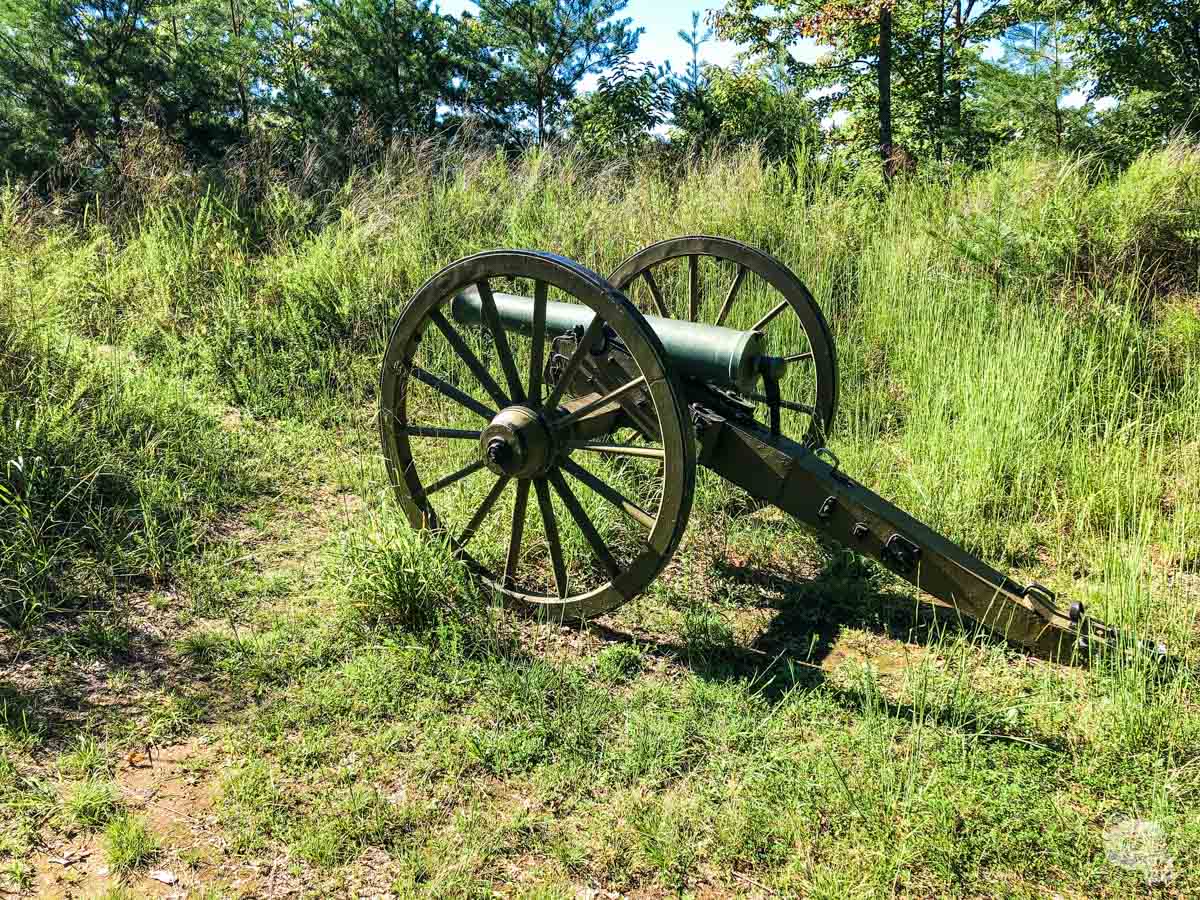
Cumberland Gap, as a strategic chokepoint for movement through the Cumberland Mountains, was a target for both sides. The two armies bloodlessly contested and captured it several times until the Union captured for good in 1863, again without any casualties.
Mill Springs Battlefield National Monument
The Battle of Mill Springs marked the first Union victory of the Civil War. Confederate forces moved north from the Cumberland Gap towards Bowling Green. Union forces intercepted the Confederates with the idea to drive the Confederates south of the Cumberland River. The Union Army routed the Confederate forces, who were cold and wet from the march and carrying older, inferior weapons. The battle was relatively small in Civil War terms and casualties were light.
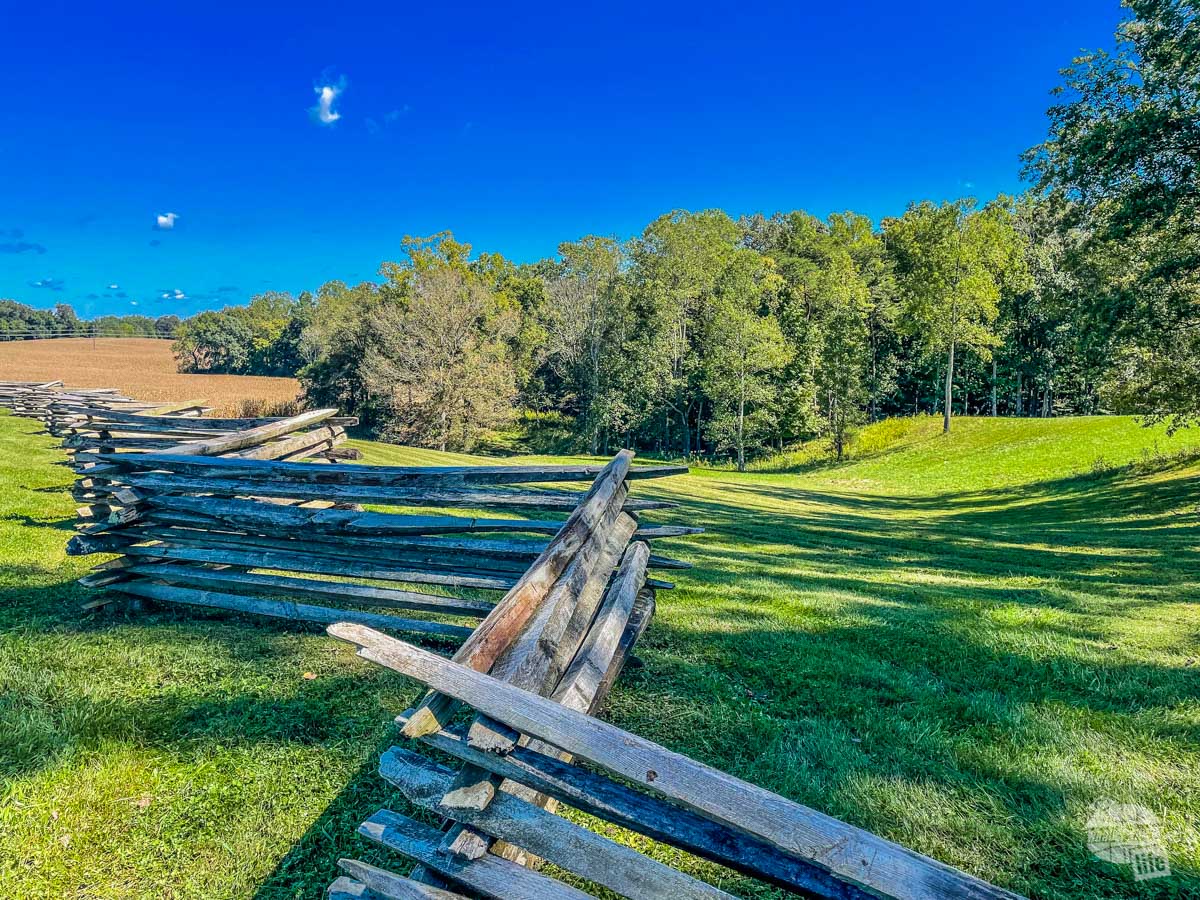
The battlefield had been preserved by local grassroots efforts before it became part of the National Park Service in 2019. There is a driving tour to several of the major sites of the battlefield, including the monument to Confederate commander General Felix Zollicoffer.
The visitor center and museum had been constructed long before the Park Service took over the site, so if it looks a bit different on the inside than a normal Park Service visitor center and museum, that’s why.
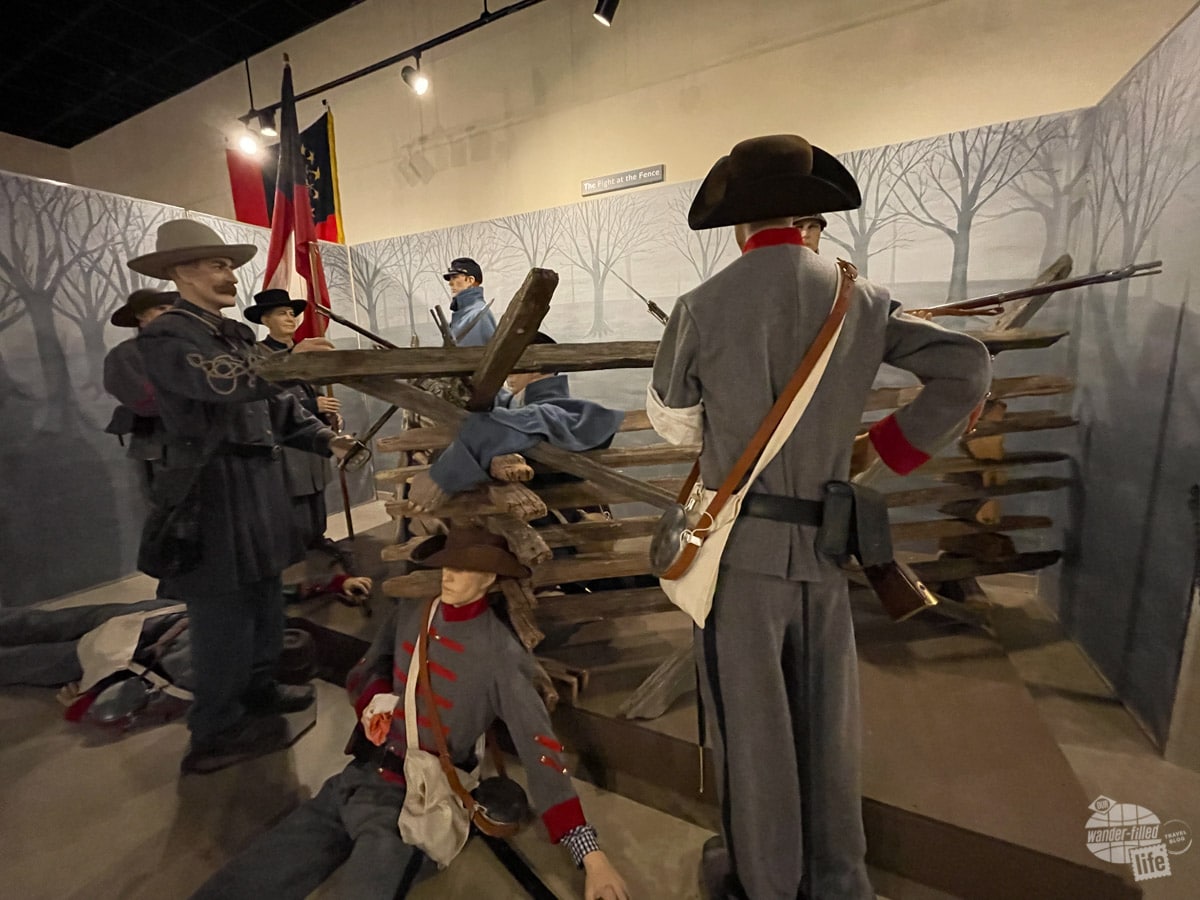
Fort Donelson National Battlefield
Located in Tennessee, Fort Donelson National Battlefield preserves the fort and the site of another early Union victory. Union forces under General Ulysses S. Grant had attacked and captured Fort Henry, opening up the Tennessee River to Union gunboats. Grant decided to press the attack 12 miles east on the Cumberland River.
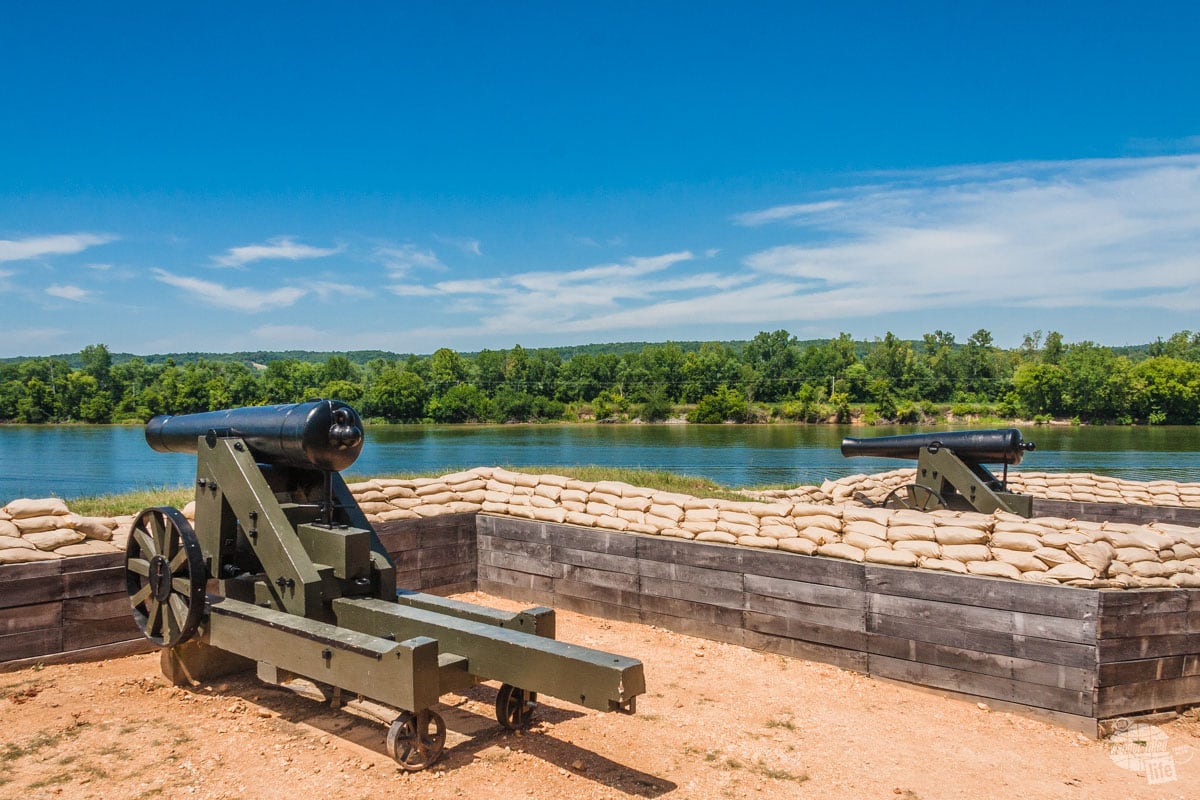
Grant’s attack succeeded and forced the surrender of Confederate soldiers, the capture of the fort, control of the Cumberland River, and forced the Confederate withdrawal from Nashville. It also earned him his nickname of “Unconditional Surrender” Grant.
While the majority of the battlefield is located in Tennessee, there is a small unit in Kentucky at Fort Heiman. Located across the river from Fort Henry, Confederates abandoned the fortifications before Grant could assault the fort. It remained unoccupied until 1864, when Confederate General Nathan Bedford Forrest used the fort as a staging point for an attack on the Union supply depot at Johnsonville, TN.
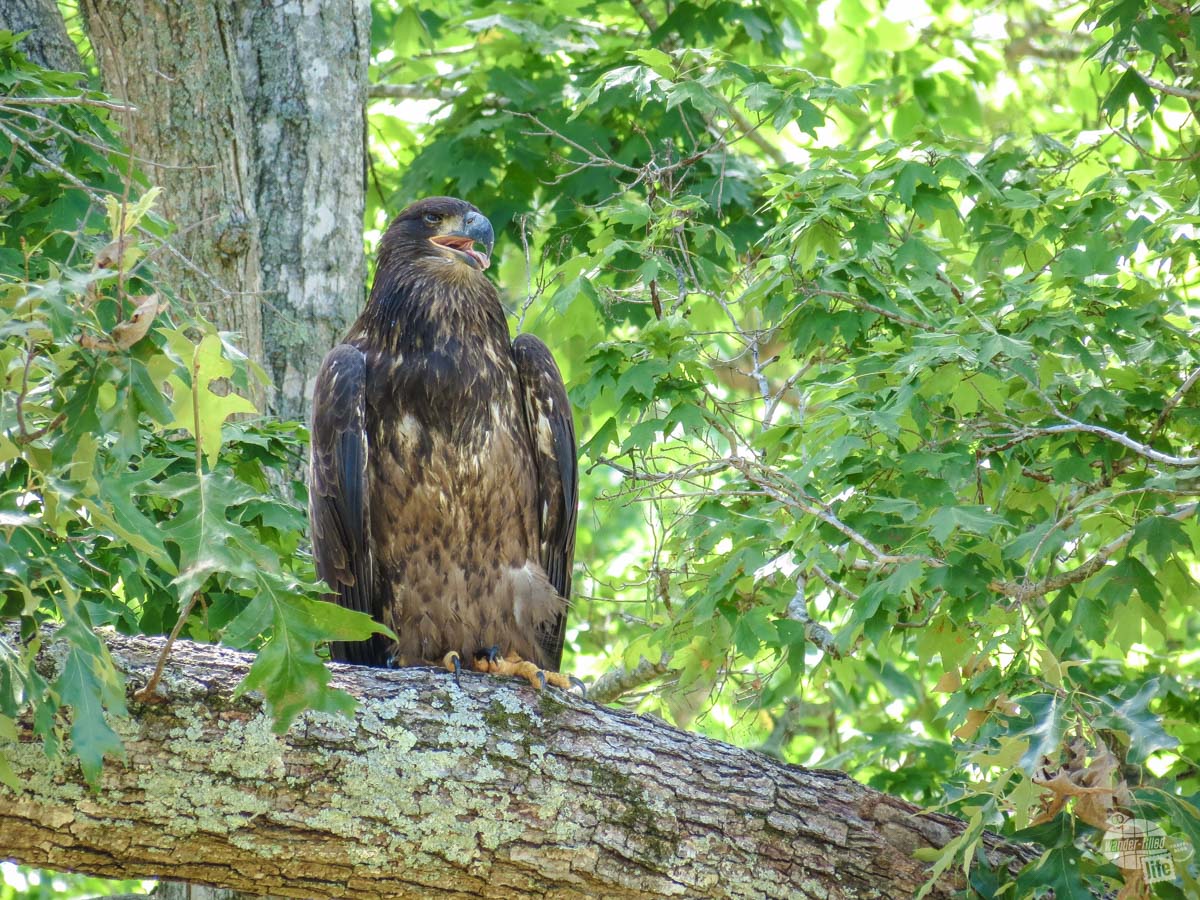
Camp Nelson National Monument
Located along steep bluffs of the Kentucky River south of Louisville, Camp Nelson served as a supply depot for Union troops starting in 1863. The remoteness and lack of nearby railroads so that supplies could be moved quickly hampered its usefulness.
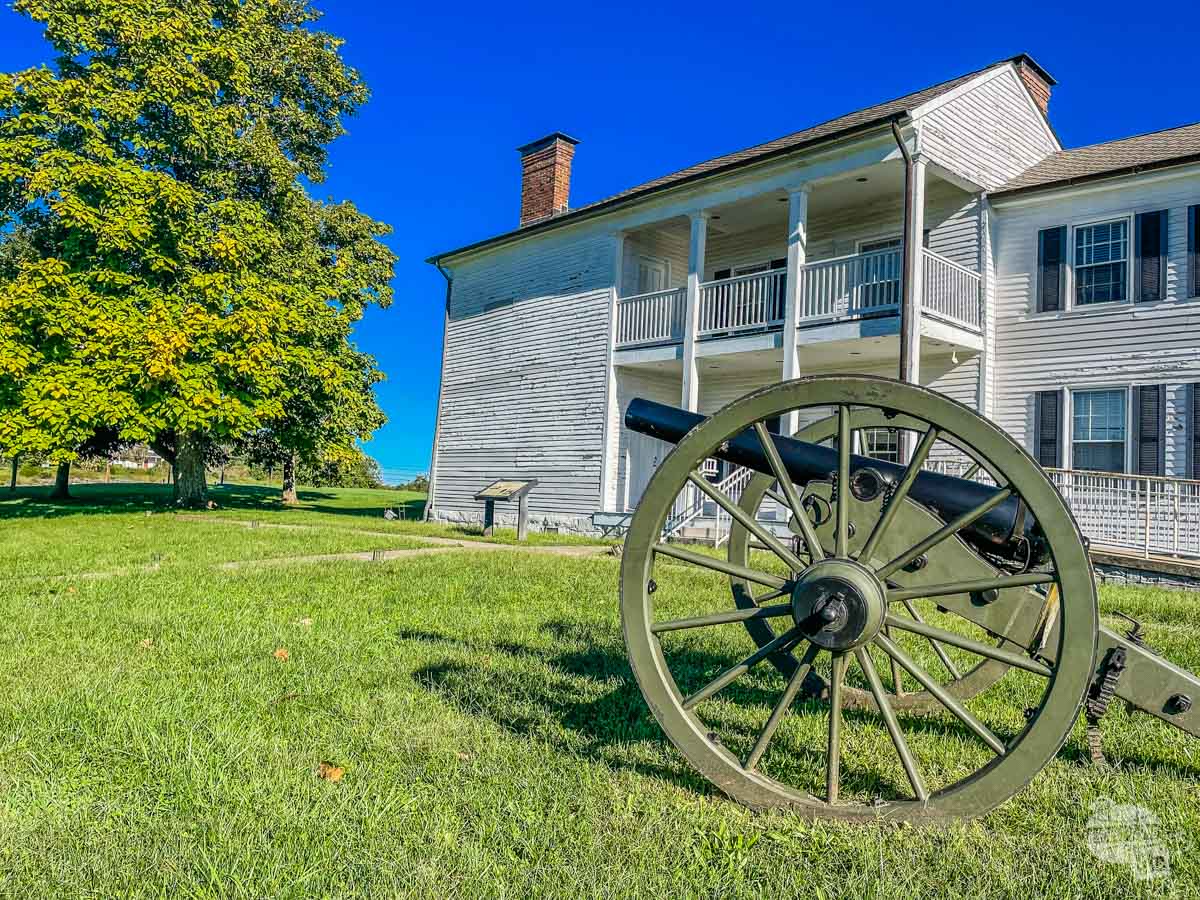
The camp did, however, become the perfect place to train former slaves as part of the US Colored Troops. As word got out that the camp was accepting former slaves as soldiers, runaway slaves and their families made their way to the camp and it became a refugee camp for the families of former slaves who fought for the Union. After the war, it was a center for giving former slaves their emancipation papers.
While most of the original buildings from the camp are gone, the Oliver Perry House survives. There are also five miles of hiking trails allowing you to tour what remains of the camp’s defensive fortifications. The visitor center does an excellent job explaining how the camp was used and the impact the camp had both on the war effort and on the lives of the former slaves who came here.
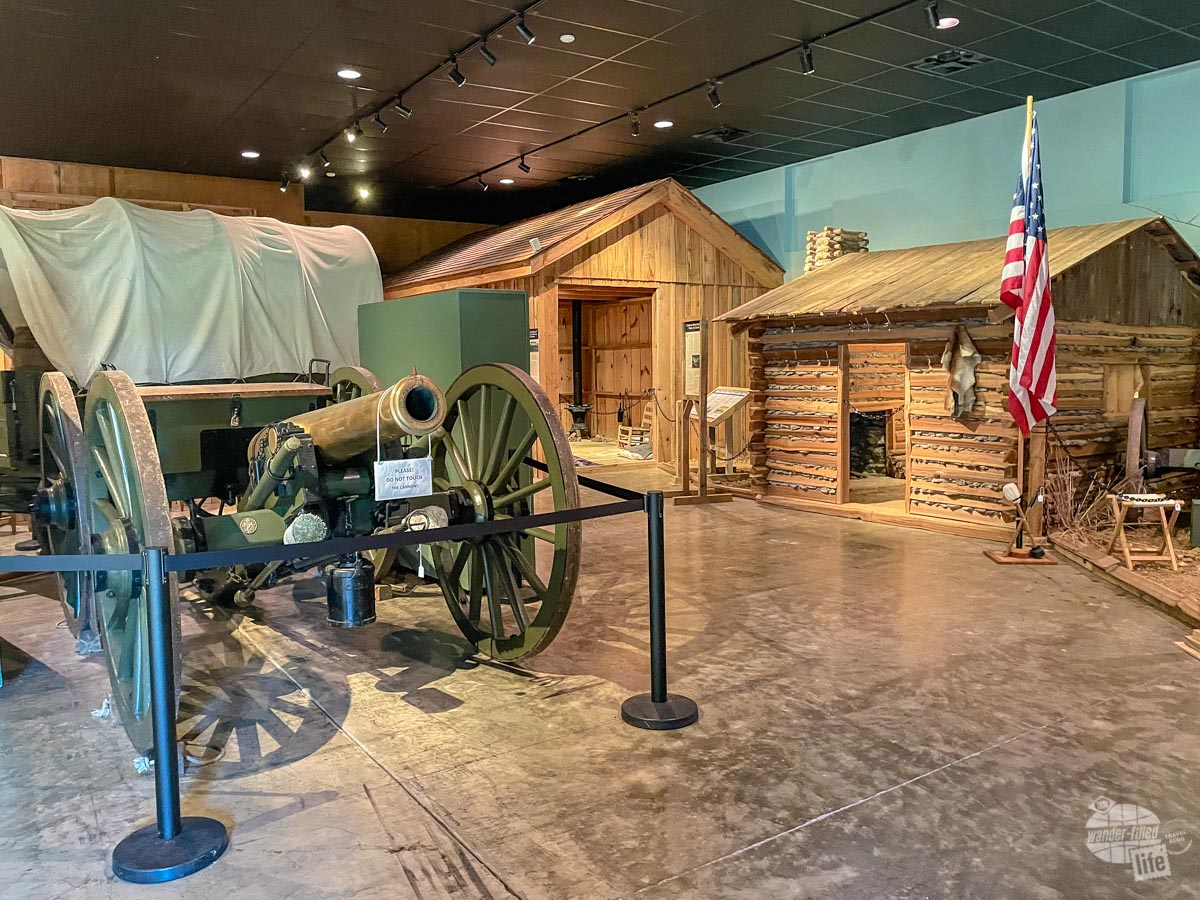
Big South Fork National River and Recreation Area
Like Fort Donelson NB, large parts of the Big South Fork National River and Recreation Area are located in Tennessee. The river itself is gorgeous and the park offers several hiking opportunities, especially on the Tennessee side of the park.
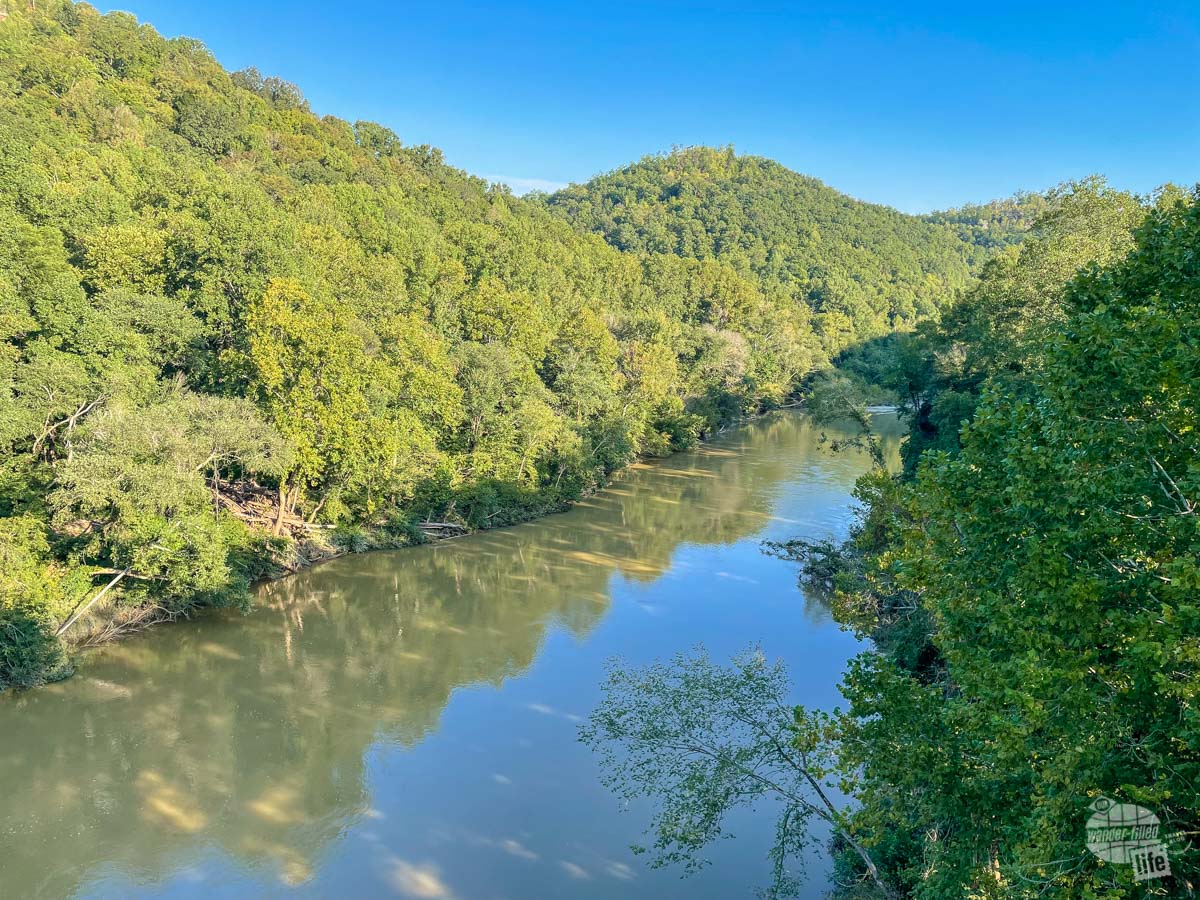
The Kentucky side, however, offers a piece of the state’s history that simply isn’t covered by any other unit of the Park Service: coal mining.
The Blue Heron area is an abandoned mining town, once part of the Stearns Coal and Lumber Company. The Park Service has done an excellent job telling the story of what life was like at Mine 18.
Here you will find an interpretive center and a walking trail taking you to the location of all of the various buildings in the town. What makes this different from other park sites is the use of “skeleton” buildings. Instead of rebuilding houses that were designed to be taken apart and moved quickly, the Park Service built steel frames of the buildings so you can see how the buildings would have occupied the space. There are also interpretive exhibits in each of the skeleton buildings.
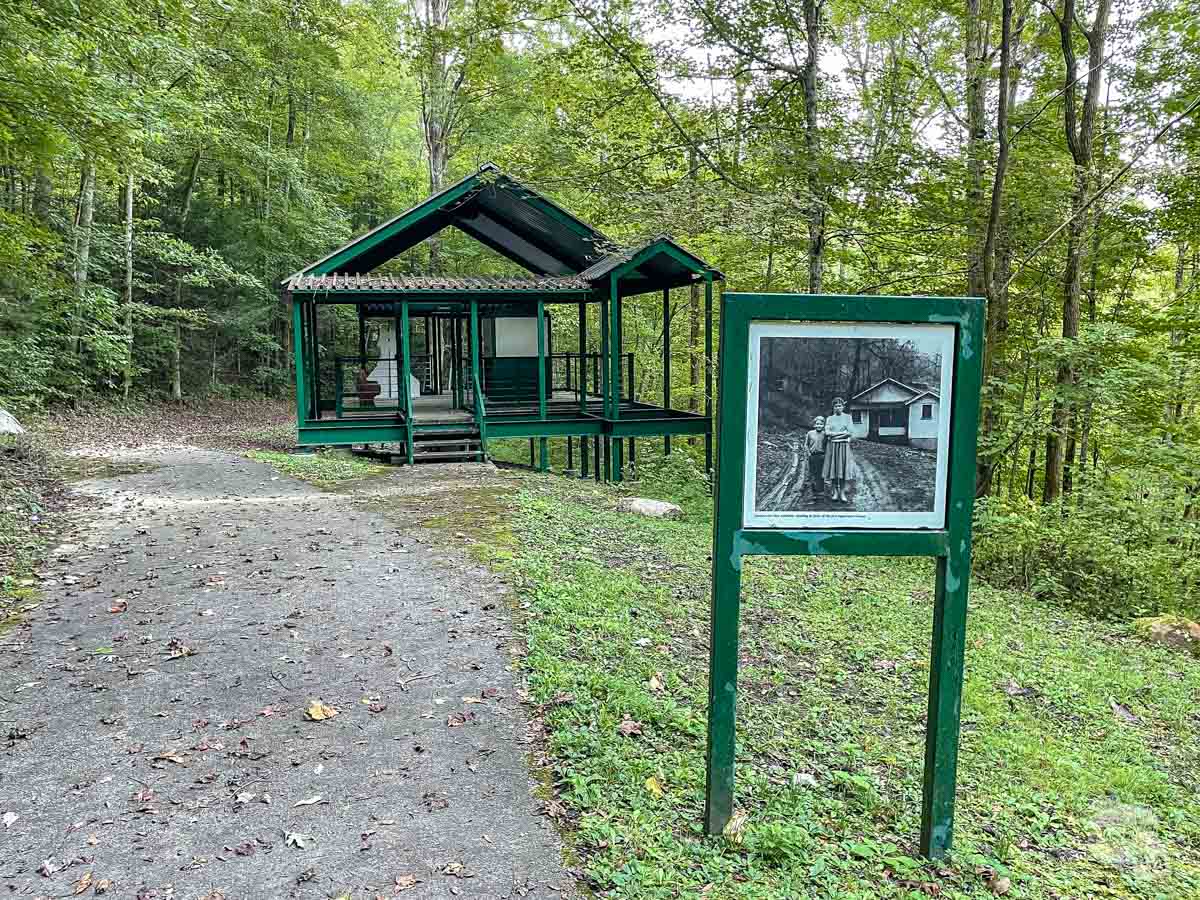
You can also explore the area by taking the Big South Fork Scenic Railway, which will take you to Mine 1 and the mining town of Barthell. The scenic rail will take you through the river gorge down to the historic exhibits of the mining town and on a tour of a mine itself.
In the past, the train went all the way to Blue Heron but COVID restrictions have prevented that. Be sure to check to see if they have resumed travel all the way to Blue Heron.
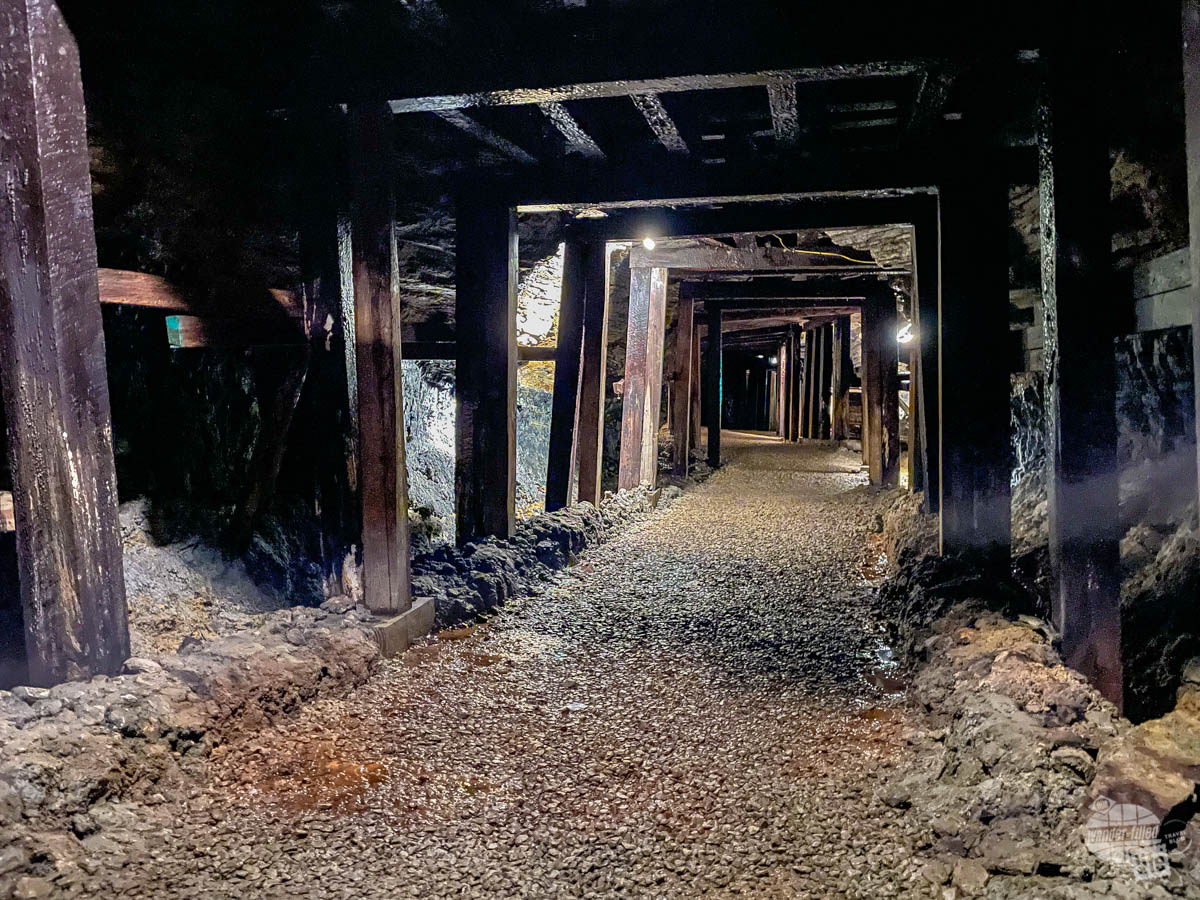
Final Thoughts on Visiting Kentucky National Parks
The Kentucky national parks offer exceptional opportunities to learn about the complex history of the state. Additionally, there are some really pretty places to explore in these sites.
Whether it’s learning about frontier history at the Cumberland Gap or Abraham Lincoln Birthplace Home or learning about the Civil War at Mills Springs or Camp Nelson, there is something for everyone in the Kentucky National Parks.
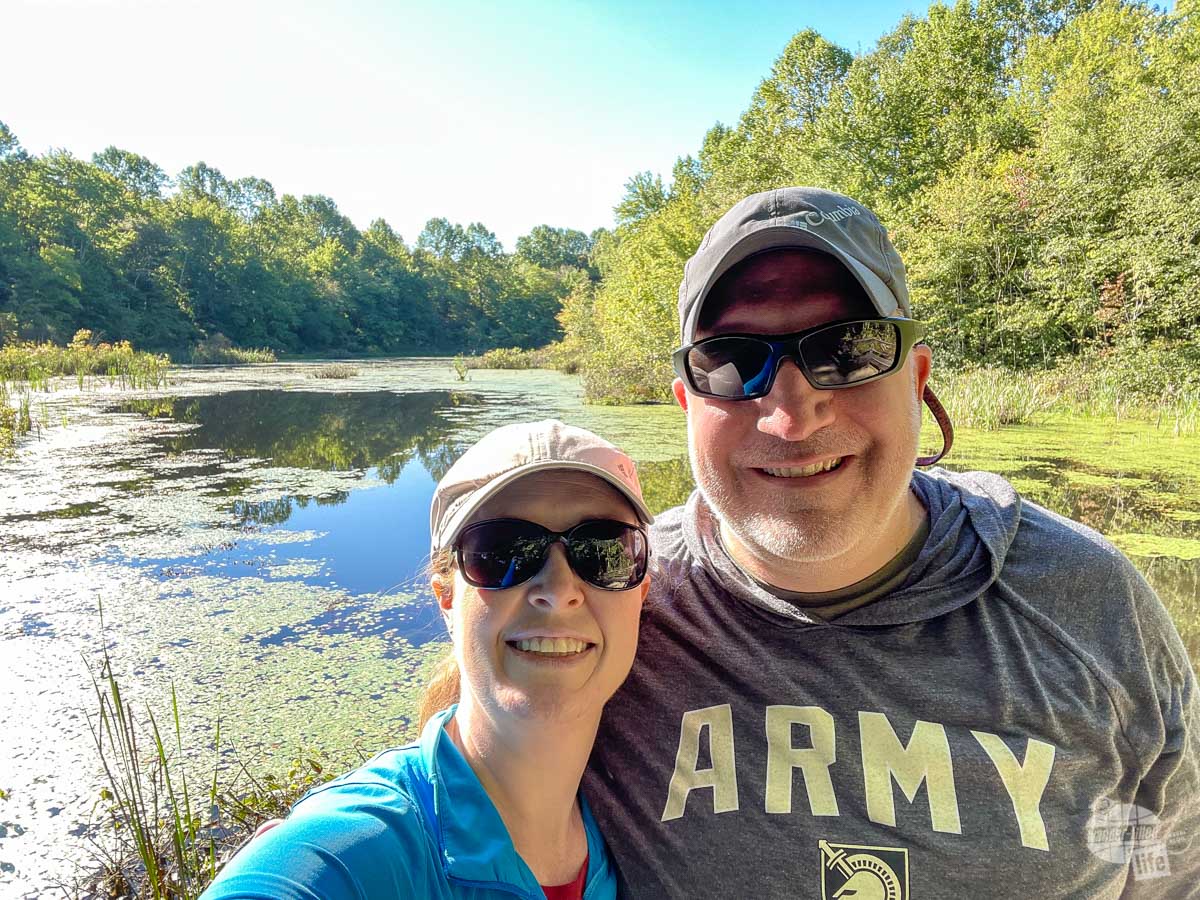
Just don’t let the history blind you to the gorgeous views to be found as well!
Travel Resources
What do you use to find a flight?
We use Skyscanner to find deals on flights. Skyscanner has a great interface and compares tons of airlines for the best pricing and routing. That said, it does not always have every airline and some airlines will have better deals on their website. Still, Skyscanner is a great place to start.
Click here to search for a flight.
What do you use to find a hotel?
We typically stay at Hilton properties, so we use the Hilton website. You can find good Hilton Honors discounts or AAA discounts for a hotel there. We make great use of our free night certificates from our Hilton Honors American Express.
Click here to book a Hilton property.
If there are no Hilton properties available, we use TripAdvisor to read reviews and book the hotel. We find we can get the best price that way.
Click here to search for a hotel.
We recently partnered with Stay22 to add interactive maps to each of our destination posts. This will allow you to see a plethora of hotels and vacation rentals all in one responsive map of the area.
What if I need more space than I can get at a hotel?
We use Vrbo for the times when we have rented a cabin for a weekend getaway, like this cabin in Townsend, TN, or needed to rent a house for a large family vacation. We had a great experience with them in terms of refunding deposits when COVID hit and will continue to use them.
Click here to search for a vacation rental.
Who do you use for rental cars?
As a general rule, we book with Hertz for rental cars. We have had nothing but good experiences with them. Plus, we really like unlimited mileage and not worrying about crossing state lines. We have even rented from Hertz overseas in both Slovenia and Croatia.
Click here to book a rental car.
How about booking a cruise?
We have found some amazing prices for booking a cruise through Cruise Direct. We have saved a lot of money on our cruises compared to what we found elsewhere, making a last-minute Bahamas cruise even cheaper.
Click here to book a cruise.
What if I want to rent an RV?
We highly recommend Outdoorsy for RV rentals. We rented a camper van for a week to visit Rocky Mountain National Park for the elk rut and Custer State Park for the Buffalo Round-Up and had a blast. The program was easy to use and we really enjoyed the freedom of having a camper van for that trip.
Click here to rent an RV.
What do you use for booking tours?
We don’t often book tours. Typically, we like to do stuff on our own. That said, there are some experiences you can’t have any other way. So, when we do want to book a tour, we always check Viator first.
Click here to book a tour.
Do you use anything to get discounts on the road?
We make extensive use of both Good Sam and AAA on the road. Good Sam is normally regarded as a discount card for RVers at campgrounds and Camping World but anyone can use the 5 cents off a gallon at the pump at both Pilot and Flying J.
Click here to get a Good Sam membership.
We have had AAA as long as we have been married and it has more than paid for itself in discounts at hotels, aside from the peace of mind of having roadside assistance. Add in paper maps and the ability to get an international driver’s license and it is more than worth it for any traveler out there.
Click here to get a AAA membership.
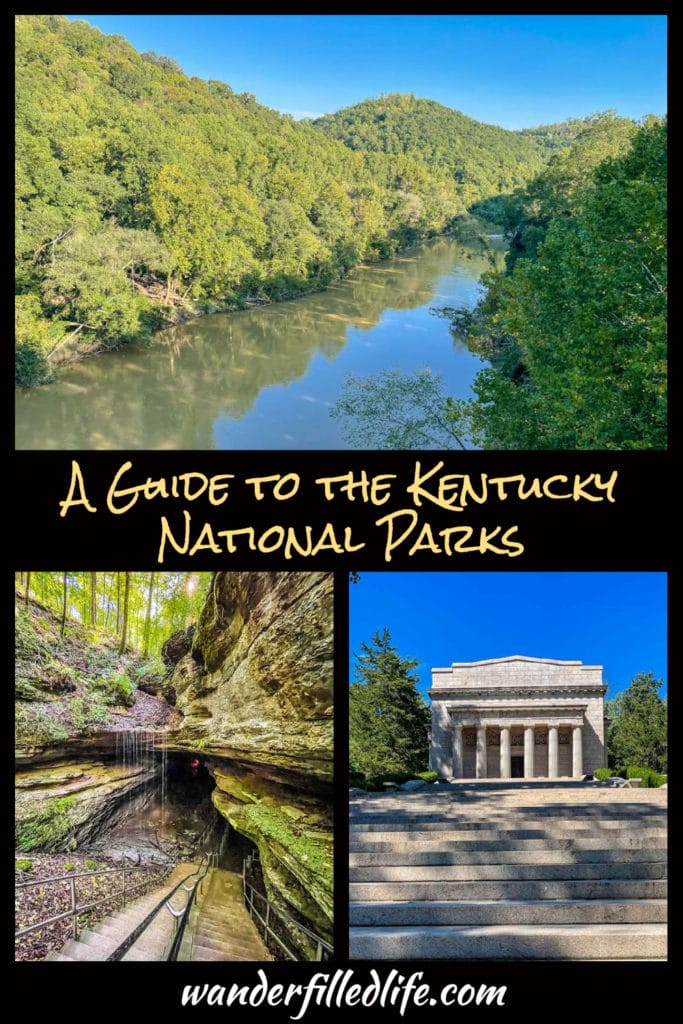
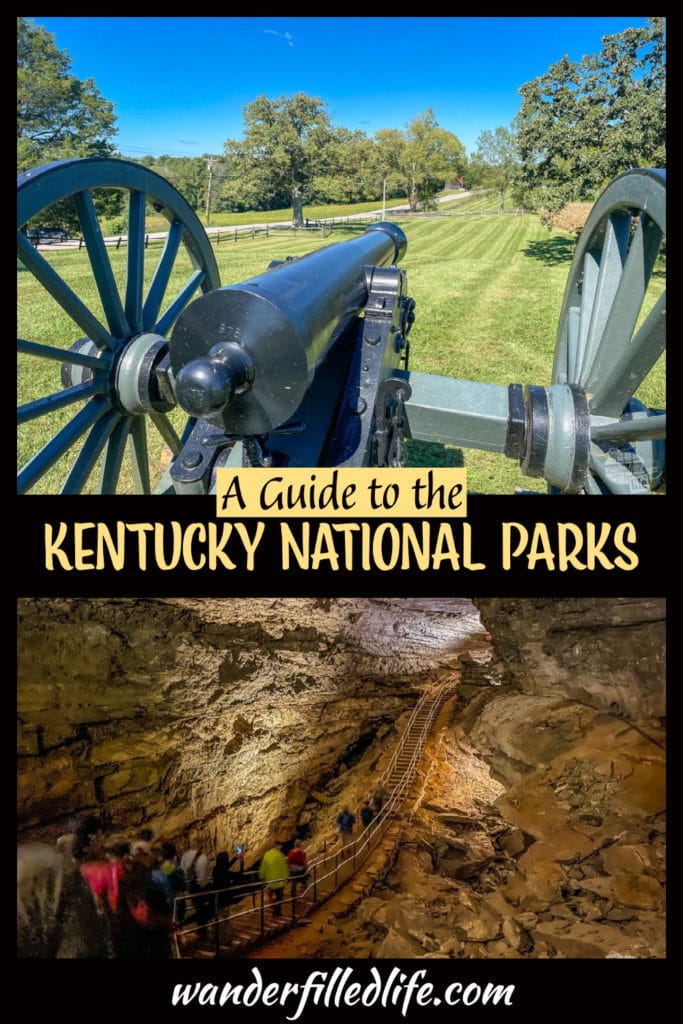

Thanks for this article. We are going to Cumberland Gap this summer for a long weekend. Some good info. We hike at Big South Fork frequently as it only a couple of hours from us in Nashville. BSF is a hidden gem. Y’all do great work.
Thanks so much! We love Big South Fork as well!